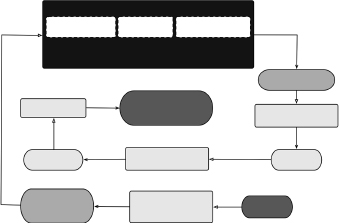CHAPTER 7
CONCEPTUAL DESIGN: GENERATING DESIGN ALTERNATIVES
How do I generate or create feasible designs?

HAVING DEFINED a design problem by clarifying objectives, identifying constraints, and establishing functions, we now initiate its conceptual design by generating or creating design concepts. We will complete our discussion of conceptual design phase in Chapter 8 when we evaluate and choose among our design alternatives.
7.1 GENERATING THE “DESIGN SPACE,” A SPACE OF ENGINEERING DESIGNS
How do we generate or create actual designs? We start by building a design space, an imaginary intellectual region of design alternatives that contains all of the potential solutions to our design problem. A design space is a useful notion that conveys a feel for the problem at hand: A large design space suggests a design domain with a large number of acceptable designs, or a design problem with a large number of design variables. While we can often look at a domain and intuit something about its design space (e.g., auto and building designs occupy very large design spaces), it is not clear how we identify a design space for unfamiliar or new devices. We now introduce the morphological chart as a formal tool for generating design spaces and for generating within those spaces a population of designs that perform the functions we specify. After that we will look at analogical thinking, another ...
Get Engineering Design: A Project-Based Introduction, Fourth Edition now with the O’Reilly learning platform.
O’Reilly members experience books, live events, courses curated by job role, and more from O’Reilly and nearly 200 top publishers.

